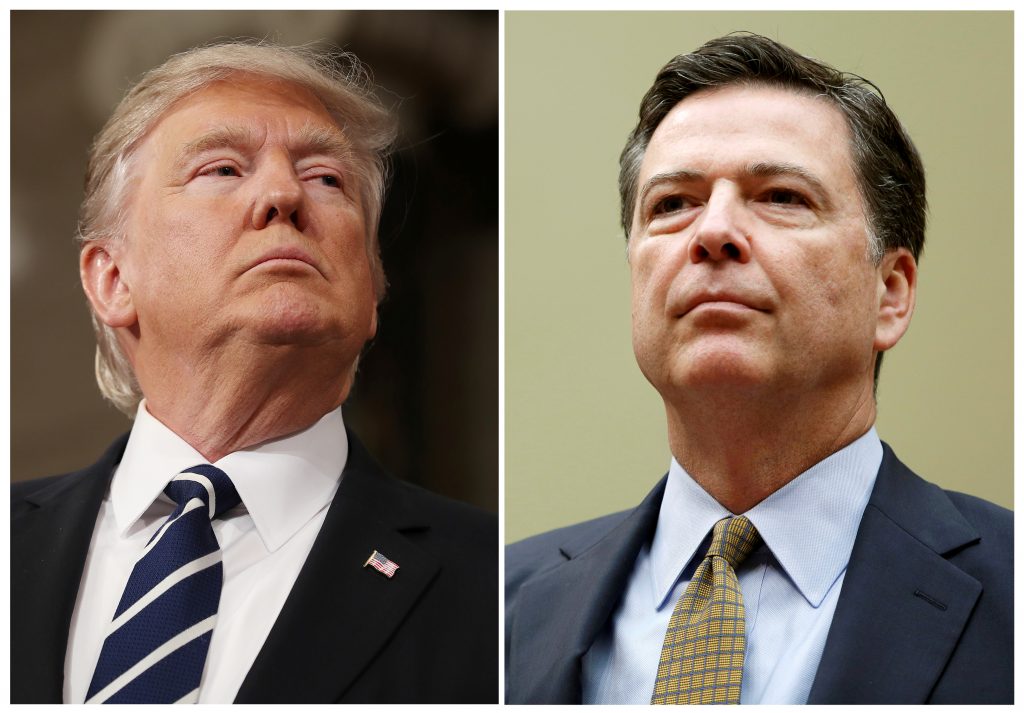Report on U.S.-EU Digital Policy Tensions and Implications for Sustainable Development Goals
Executive Summary
A recent diplomatic conflict has emerged between the United States and the European Union concerning the EU’s Digital Services Act (DSA). A U.S. State Department social media campaign criticizing the regulation has elicited a firm response from EU and French officials. This report analyzes the dispute through the lens of the United Nations Sustainable Development Goals (SDGs), highlighting significant implications for international cooperation, institutional strength, and industrial innovation.
Analysis in the Context of SDG 16: Peace, Justice and Strong Institutions
The disagreement directly impacts the core tenets of SDG 16, which aims to promote peaceful, just, and inclusive societies with effective, accountable institutions.
- Institutional Frameworks (SDG 16.6): The conflict represents a fundamental clash over the design of effective and transparent institutions for digital governance. The EU positions the DSA as a framework to strengthen accountability, while the U.S. campaign portrays it as an overreach that censors opinion.
- Fundamental Freedoms (SDG 16.10): Both sides claim to be protecting fundamental freedoms. The EU Commission asserts that “Freedom of expression is a fundamental right in the EU. And it is at the heart of the DSA.” Conversely, U.S. communications argue that actions against “free speech” by foreign entities constitute an “impediment to cooperation.”
- Rule of Law (SDG 16.3): The dispute challenges the promotion of the rule of law at national and international levels, as two major global powers diverge on the legal principles governing digital spaces.
Challenges to SDG 17: Partnerships for the Goals
The public nature of the disagreement poses a threat to SDG 17, which emphasizes the need for strong global partnerships to achieve sustainable development.
- Global Partnership Cohesion (SDG 17.16): The tension between the U.S. and EU, two critical global partners, undermines the multi-stakeholder partnership required for coherent global policy on technology and human rights.
- Policy and Institutional Coherence (SDG 17.14): The conflicting stances on digital regulation demonstrate a lack of policy coherence. France’s threat of trade retaliation further signals a move away from cooperative dialogue toward unilateral measures, contrary to the spirit of partnership.
Implications for SDG 9: Industry, Innovation, and Infrastructure
The dispute has direct consequences for the technology sector, a key area of focus for SDG 9, which seeks to build resilient infrastructure and foster innovation.
- Industrial Policy and Trade: French officials have suggested that if diplomatic negotiations fail, retaliatory measures could be implemented. This creates an unstable environment for the technology industry and could disrupt investment in digital infrastructure.
- Regulatory Impact on Innovation: The debate centers on how regulation shapes the digital industry. The EU’s approach aims to create a sustainable and rights-respecting digital ecosystem, while U.S. criticism implies that such regulation stifles the sector.
Chronology of Key Governmental Positions
- U.S. State Department Action: A mandated social media campaign was implemented by the U.S. Mission to the EU. Posts criticized the “disinformation industry” and the “fact-checking industrial complex,” labeling EU rules as “Orwellian.”
- European Commission Response: The Commission’s spokesperson service adopted a measured tone, reiterating that the DSA protects lawful expression and does not mandate its removal. It refrained from directly engaging with the U.S. posts.
- French Counter-Measures: France’s mission to the UN issued a responsive social media post defending the European model of “freedom of expression and data protection.” Subsequently, French Industry Minister Marc Ferracci warned of potential trade measures, including “restrictions on online advertising for digital platforms,” as a possible retaliatory action.
Analysis of Sustainable Development Goals in the Article
1. Which SDGs are addressed or connected to the issues highlighted in the article?
-
SDG 16: Peace, Justice and Strong Institutions
This goal is central to the article, which revolves around a dispute over laws and policies governing freedom of expression, disinformation, and public access to information. The conflict between the U.S. and the EU over the Digital Services Act (DSA) directly relates to building effective, accountable, and inclusive institutions at all levels.
-
SDG 17: Partnerships for the Goals
The article highlights a strain on the partnership between the United States and the European Union. The U.S. statement that EU actions are an “impediment to cooperation” and France’s threat of retaliatory “trade measures” demonstrate a challenge to global partnerships and policy coherence for sustainable development.
2. What specific targets under those SDGs can be identified based on the article’s content?
-
Target 16.10: Ensure public access to information and protect fundamental freedoms, in accordance with national legislation and international agreements.
- The entire article discusses the clash between the U.S. and EU approaches to this target. The U.S. campaign criticizes what it calls “the fact-checking industrial complex that censors opinions,” framing the EU’s DSA as a threat to fundamental freedoms. Conversely, the EU and France defend the DSA as a mechanism that “safeguards freedom of expression” and protects citizens from “noise and targeted advertising.”
-
Target 17.14: Enhance policy coherence for sustainable development.
- The article exemplifies a lack of policy coherence between major global powers. The U.S. and the EU have conflicting regulatory approaches to digital platforms and freedom of speech, leading to public disputes and threats of economic retaliation. The U.S. labels EU rules as “Orwellian,” while the EU insists its regulation is “off-limits in tariff negotiations,” showcasing a significant policy divergence.
-
Target 17.16: Enhance the Global Partnership for Sustainable Development.
- The article points to a weakening of this partnership. The U.S. explicitly states that the EU’s actions are an “impediment to cooperation.” The diplomatic back-and-forth, with France running a counter-campaign and threatening trade restrictions, indicates a breakdown in collaborative efforts between these international partners.
3. Are there any indicators mentioned or implied in the article that can be used to measure progress towards the identified targets?
-
Indicator 16.10.2: Number of countries that adopt and implement constitutional, statutory and/or policy guarantees for public access to information.
- The article directly discusses the existence and implementation of such policies. The EU’s Digital Services Act (DSA) is a key example of a statutory framework designed to govern online content and protect freedoms. The conflict described in the article—over whether the DSA “safeguards freedom of expression” or “censors opinions”—is a qualitative measure of the challenges in implementing such policies in a way that aligns with international agreements and satisfies different interpretations of fundamental rights.
-
Implied Indicator for Target 17.14: Evidence of policy disputes and trade friction.
- While not a formal UN indicator, the article provides clear evidence that can be used to measure a lack of policy coherence. The threat by France to impose “restrictions on online advertising for digital platforms” and other “retaliatory measures” serves as a direct, qualitative indicator of policy incoherence leading to potential trade conflicts.
-
Implied Indicator for Target 17.16: Nature of diplomatic relations and cooperation.
- The article provides qualitative indicators of a strained partnership. The U.S. State Department’s mandated social media campaign against an ally’s policy and the direct statement that it is an “impediment to cooperation” are strong indicators of a deteriorating partnership, which is the opposite of the goal’s intent.
4. Summary Table of Findings
| SDGs | Targets | Indicators |
|---|---|---|
| SDG 16: Peace, Justice and Strong Institutions | 16.10: Ensure public access to information and protect fundamental freedoms. | Implied 16.10.2: The article discusses the implementation and dispute over statutory policies (the EU’s DSA) intended to guarantee public access to information and freedom of expression. |
| SDG 17: Partnerships for the Goals | 17.14: Enhance policy coherence for sustainable development. | Implied Indicator: The conflicting digital regulations of the U.S. and EU, and France’s threat of “trade measures” and “restrictions on online advertising,” indicate a lack of policy coherence. |
| 17.16: Enhance the Global Partnership for Sustainable Development. | Implied Indicator: The U.S. statement that EU actions are an “impediment to cooperation” serves as a direct indicator of a strained or deteriorating partnership. |
Source: politico.eu






